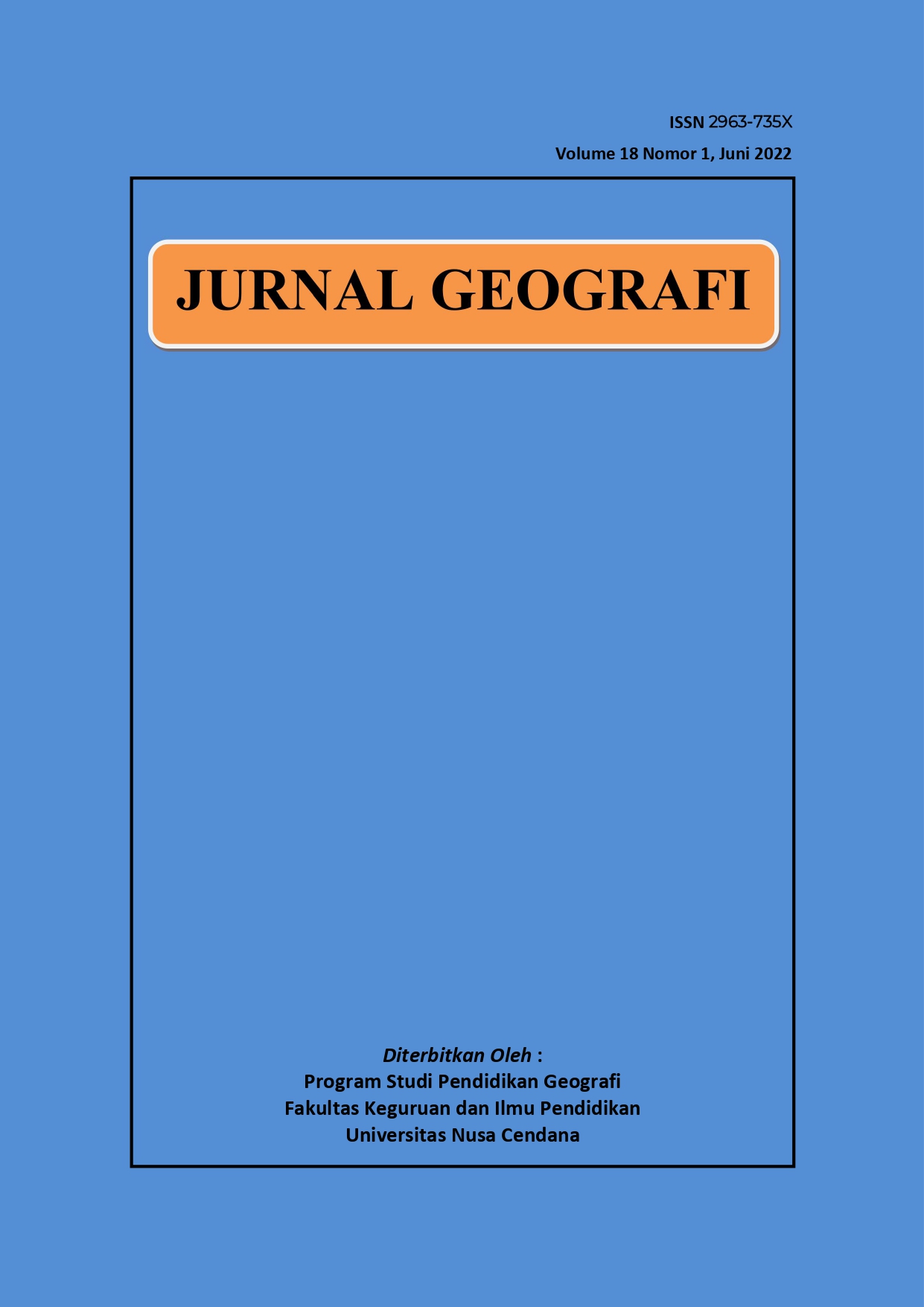HUBUNGAN PERILAKU WARGA DI RUMAH DENGAN KONDISI LINGKUNGAN TEMPAT TINGGAL SEBAGAI FAKTOR PENYEBAB DEMAM BERDARAH DENGUE DI KELURAHAN KOTA UNENG KECAMATAN ALOK KABUPATEN SIKKA
Abstract
This study aims to determine the relationship between the behavior of residents at home and living environmental conditions as a factor causing dengue hemorrhagic fever seen from the behavior of residents at home that affects dengue hemorrhagic fever with environmental conditions where they live as a breeding ground for the aedes aegypti mosquito. The type of research used is descriptive quantitative research. Data collection techniques using questionnaires and observation. Respondents and places of observation in this study were 100 people and 100 houses in the Urban Village of Uneng. The positive analysis technique used in the study was univariate analysis to describe the behavioral variables of residents at home and mosquito population density with the formula for the positive proportion of houses with Aedes aegypty (HI) larvae, percentage of breeding sites with Aedes aegypty (CI) larvae, and number of breeding sites with Aedes aegypty larvae. positive for Aedes aegypti (BI) larvae and the number of houses that are not infected with larvae (ABJ). The results of the study indicate that there is a relationship between the behavior of residents at home and the condition of the living environment as a factor causing dengue hemorrhagic fever. This relationship is due to the dominant behavior of residents at home is the behavior of residents who influence the occurrence of dengue hemorrhagic fever against environmental conditions where the aedes aegypti mosquito larvae are positive. From this relationship, it was concluded that in Uneng City Village, it was very likely that residents at home could experience dengue hemorrhagic fever. This is based on the magnitude of the Bretau Index (BI) figure of 53% and the larva-free rate (ABJ) of 62%

 Maria Febrina Carola Da Cunha(1*)
Maria Febrina Carola Da Cunha(1*)




